We use cookies and other technologies to personalize your experience and collect analytics.
The Moth and The Thunderclap
The Moth and The Thunderclap
4 February – 18 March 2023
Modern Art is pleased to announce a group exhibition featuring over 40 artists. Taking its title from a painting by the celebrated American artist Charles Burchfield, The Moth and The Thunderclap aims to show how artists have been compelled to reflect an indeterminate psychological space where nature and culture collide, often filtered through their experience of landscape.
Curated by Simon Grant, The Moth and The Thunderclap features an eclectic global mix of artists from modernism to the present day, including, Marion Adnams, Abel Auer, Ever Baldwin, Forrest Bess, Charles Burchfield, Edward Burra, David Byrd, Justin Caguiat, Vija Celmins, Cecil Collins, Ithell Colquhoun, Andrew Cranston, Martyn Cross, Lois Dodd, Lera Dubitskaya, Vidya Gastaldon, Sanaa Gateja, Victor Gatto, Nyarapayi Giles, Sky Glabush, Jane Hayes Greenwood, Nasim Hantehzadeh, Haroun Hayward, Uwe Henneken, Sanya Kantarovsky, Ken Kiff, Solange Knopf, Kinke Kooi, Mark Laver, Yimiao Liu, Amadeo Lorenzato, Bill Lynch, Heinrich Nüsslein, Laurie Nye, James Owens, Ngoia Pollard Napaltjarri, Lisa Sanditz, Trevor Shimizu, NH Stubbing, Oscar Tuazon, Frank Walter, Co Westerik, Aubrey Williams and Alyina Zaidi.
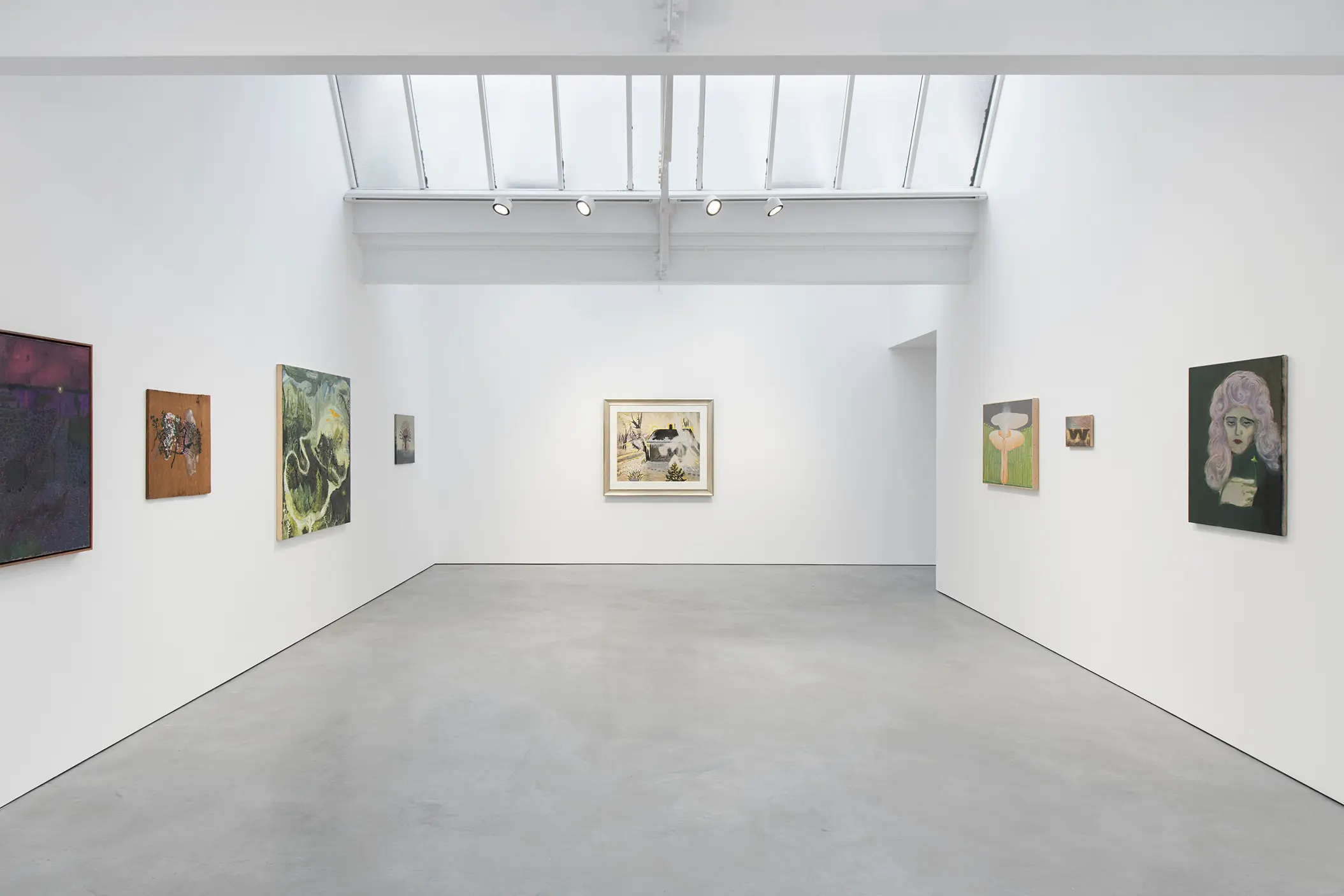
After a visit to the prehistoric cave paintings at Altamira in Spain in 1949, N.H. (Tony) Stubbing (1921-1983) was inspired to paint with his hands. As his wife Yvonne would recount later: “When he first entered the cave he found a hand outlined on the wall near the Bull paintings.. a signature perhaps? It was like an outlined stencil ... the first stencil! Done with pigments squeezed through a pig bladder Tony suggested. He put his hand over the hand and it fitted perfectly ... fingers exactly the same length ... width, palm the same shape ... perhaps it was from that moment he started identifying with prehistorical man.”
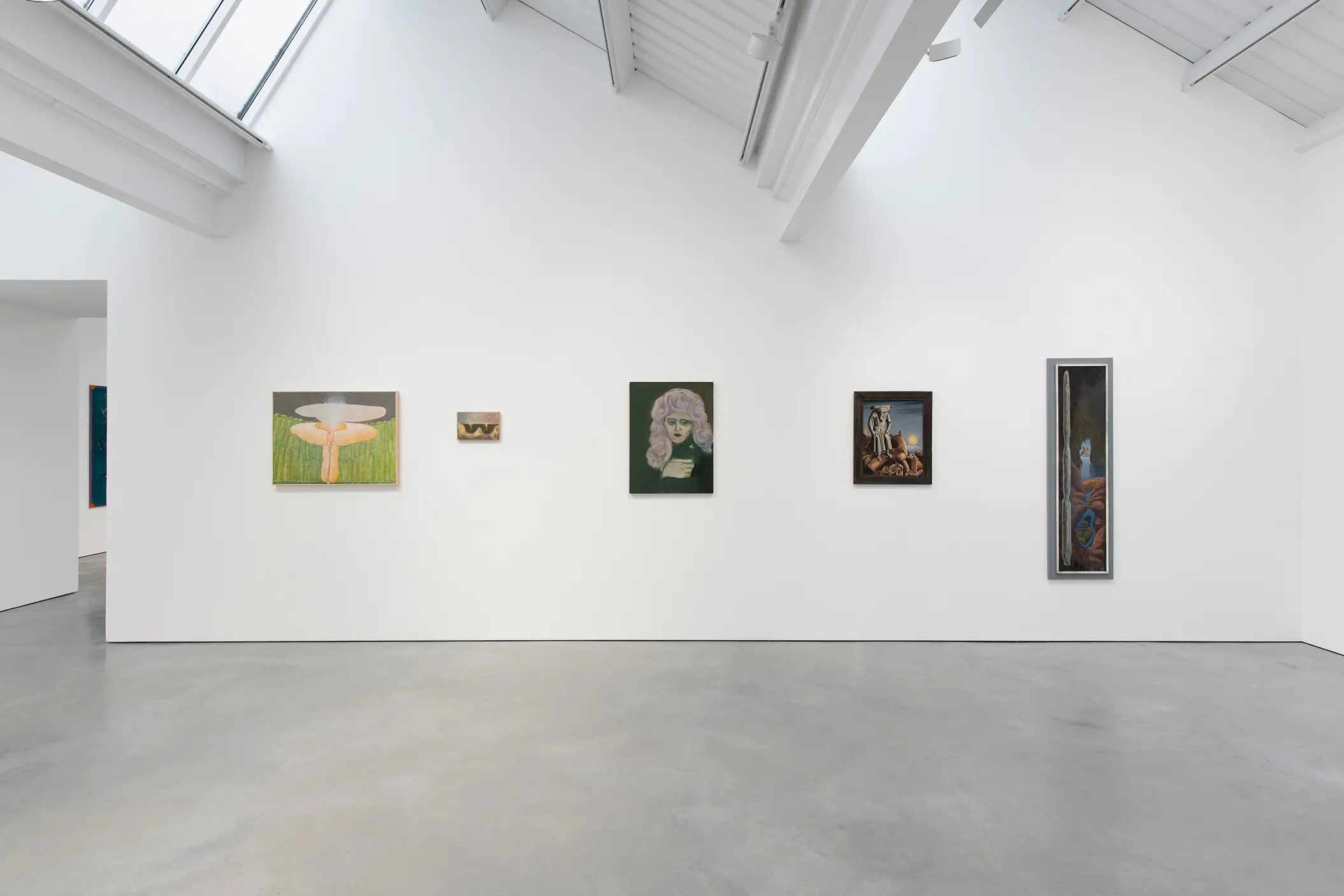
For many, a sense of place is important. It takes an hour of walking through working farms and unsigned footpaths to reach Zawn Pyg, a tall, thin stone arch situated on the quiet beach of Nanjizal on one of the most westerly points of Cornwall. During winter months when the sun sets, the light aligns with the arch, casting golden arcs through the narrow passageway and the thrashing surf. Ithell Colquhoun (1906-1988) paid homage to Zawn Pyg, known as The Song of the Sea, in her 1962 painting Stalactite. Even if she may have never visited (and possibly based the work from a postcard), the site resonated with Colquhoun’s strong esoteric beliefs of Mother Earth as a living, pulsating force, a centre of essential power amid the interconnectedness of the universe.
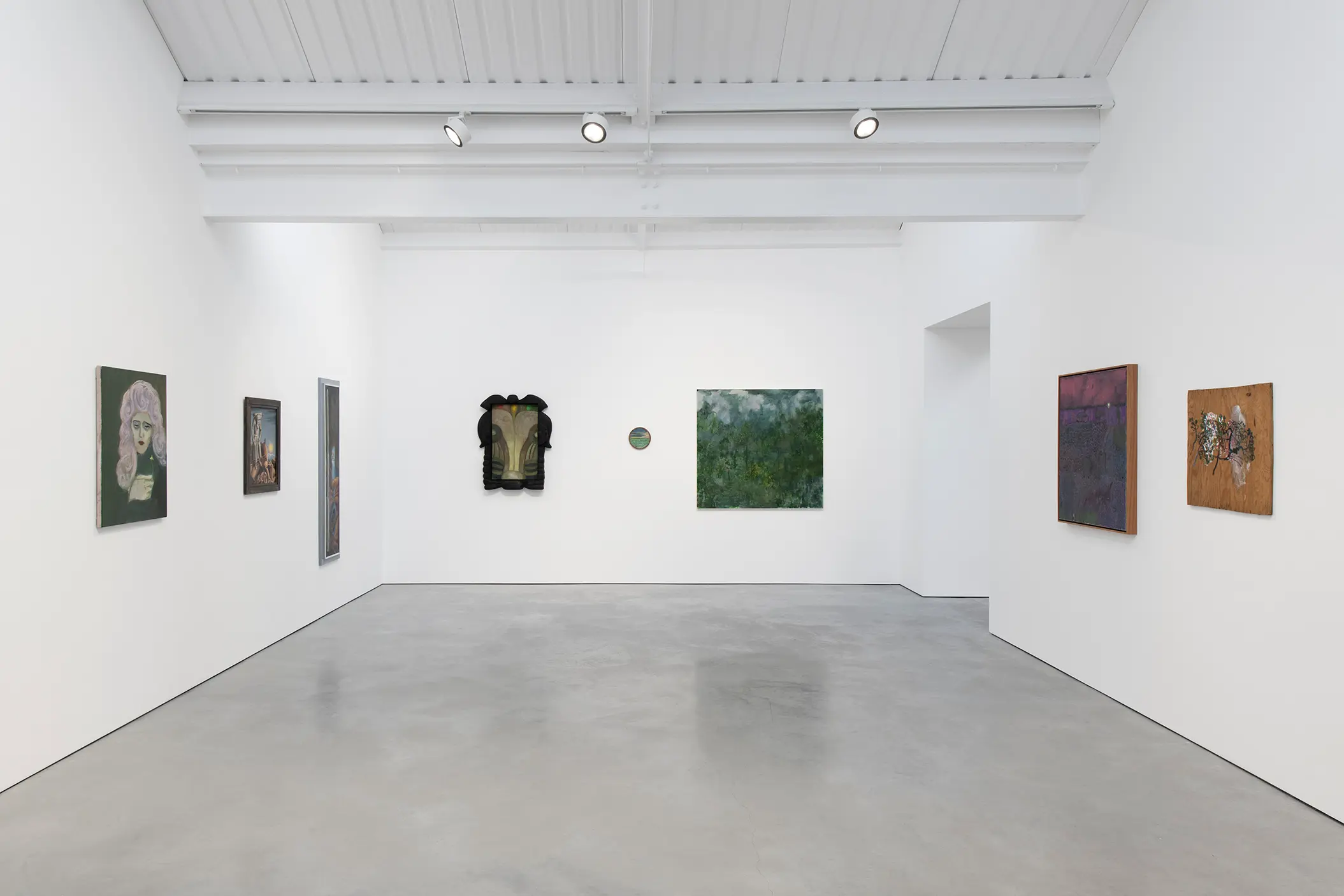
The work can be variously described as spectral, dreamscapes, cosmological fantasies, celebrations of personal mythologies, surreal responses to a heightened sense of reality or simply personal responses to a direct experience of the natural world. Images move between abstraction, the biomorphic and the figurative, floating between inner and outer worlds, mixing both familiar and elusive imagery, sometimes guided by powers beyond their own, to construct narratives that can range from lyrical poeticism to surreal encounters, from the darkly comic to the reverential and transcendental.
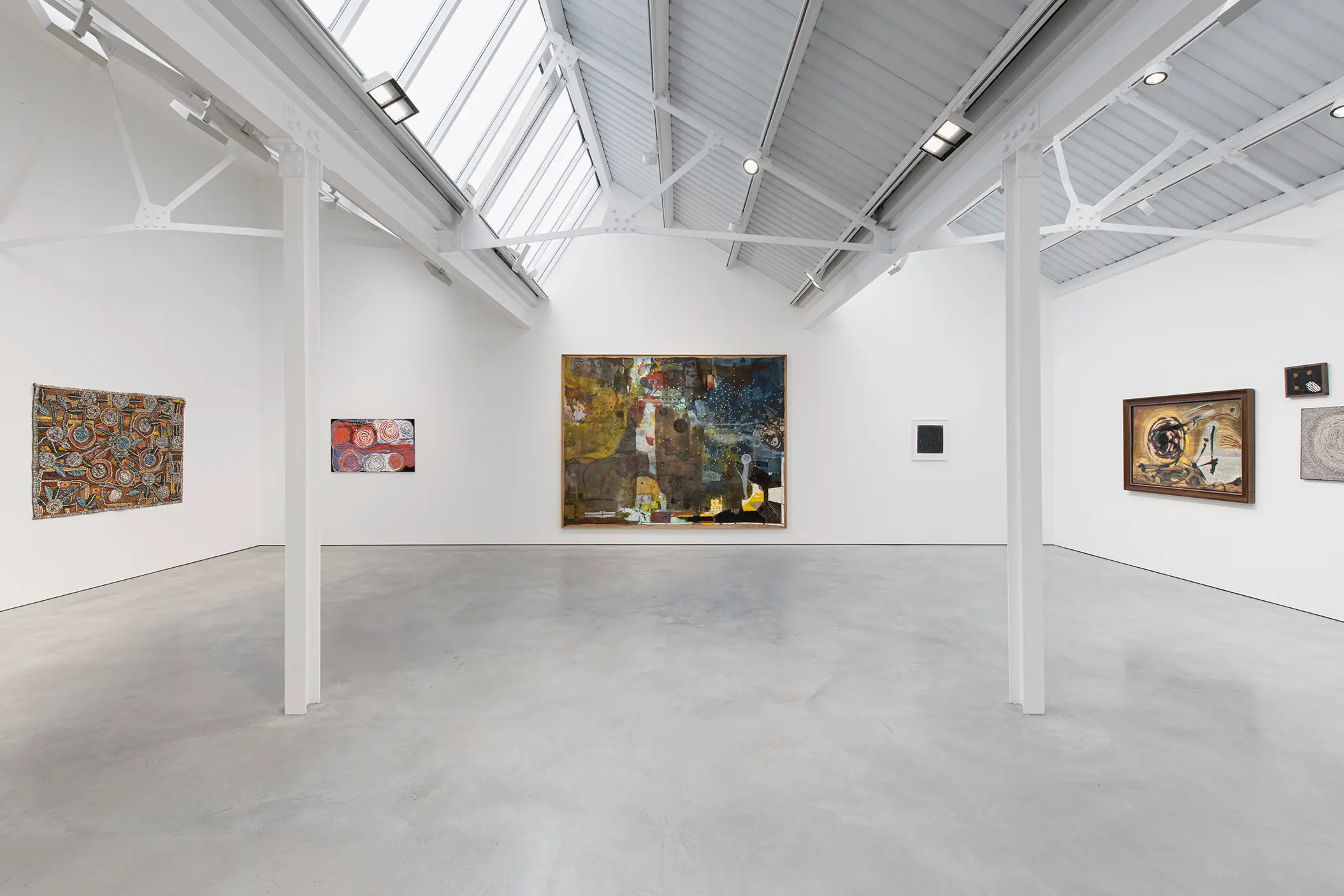
Over 10,000 miles across the globe, in the central desert region of Australia’s Northern Territories, one imagines Ngoia Pollard Napaltjarri would have instinctively understood Colquhoun’s sense of cosmic consciousness and connection to the land. Napaltjarri (1948-2022), a Walpiri-speaking indigenous woman, painted her ‘dreamings’, or stories, that related to her father’s sacred country around Yamunturrngu (Mount Liebig) and near to where she lived. The oval shapes in her paintings, representative of the lakes that appeared after rain, were charged with the spiritual presence of the water snake that lies beneath the surface.
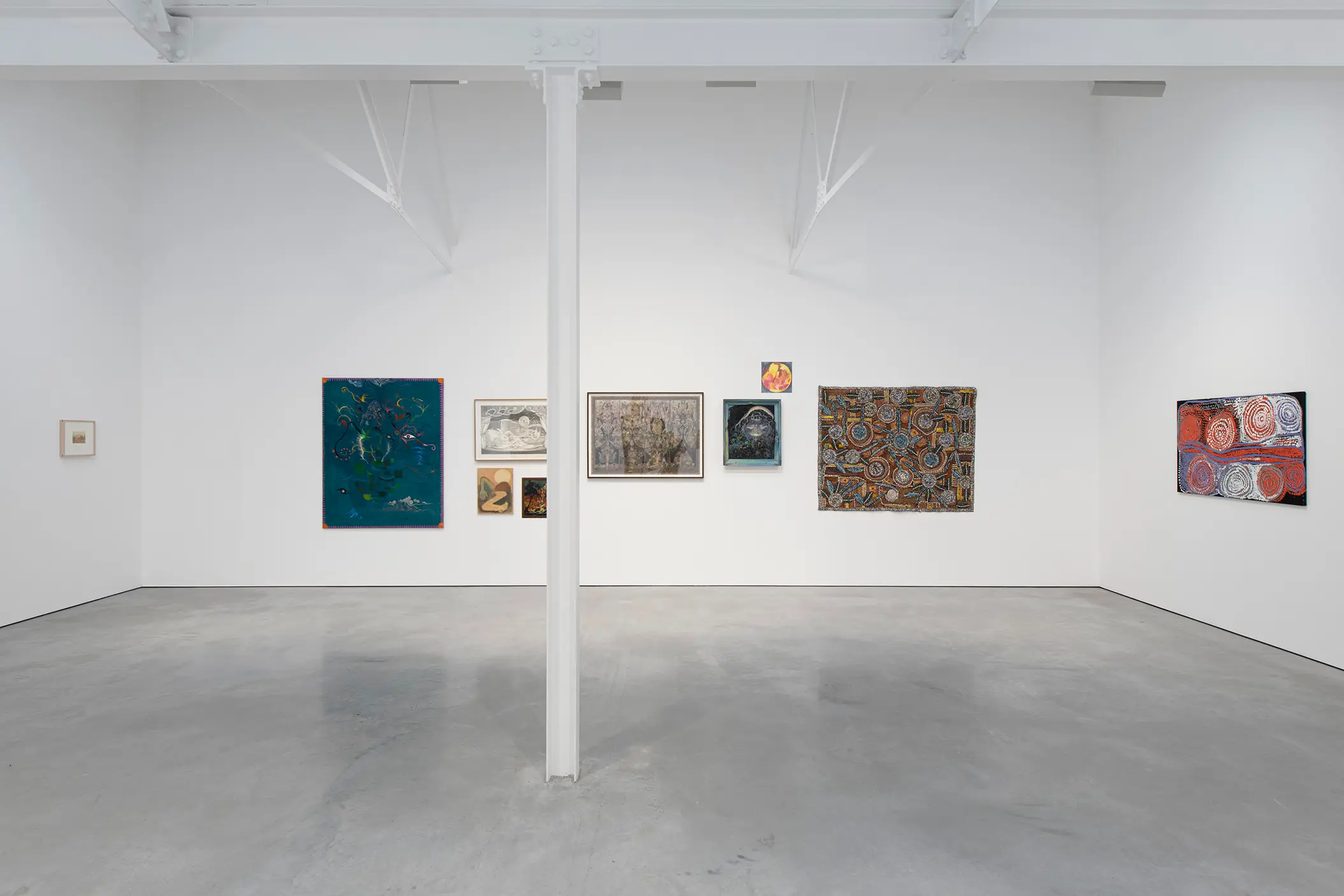
In these, and the work of many artists that feature in The Moth and The Thunderclap, this connection to the earth is never far away, often drawn from ancient, folkloric, animistic and mystical traditions. In Martyn Cross’s The Way of No Way giant and mysterious figures have become entangled with the ground, as if enveloping them, while in Vidya Gastaldon’s Marine Monster - which the artist calls one of her “healing paintings” - a large anthropomorphic shape jostles for space amid a mass of indeterminate organic forms.

“I have long admired Burchfield’s work and often cite it as inspiration. In part I appreciate his vision of the landscape as something humming with some unseen energy, alive and familiar but also weird and a bit discomfiting. He took spaces I recognize - as I live only a couple hours away from Buffalo where a lot of this work was derived - and used them to invent a language that was dreamy and personal while grounded in the raw feeling of the place. His use of watercolour is also something that I value as it enhances the way his work slides into some alternate reality based on a clarity of observation but also one that has become entirely his own and not indebted to an image or preconception. But most importantly, what draws me to his work is the idea that you can start with an understanding of place or light or a forest but that this is simply a starting point for a painting to occur and what really matters is that the internal relationships feel real and alive regardless of how they look. In other words, it is a kind of invented language, but the syntax and grammar are rooted in observation and feeling.”
– Sky Glabush, 2023

Press Release
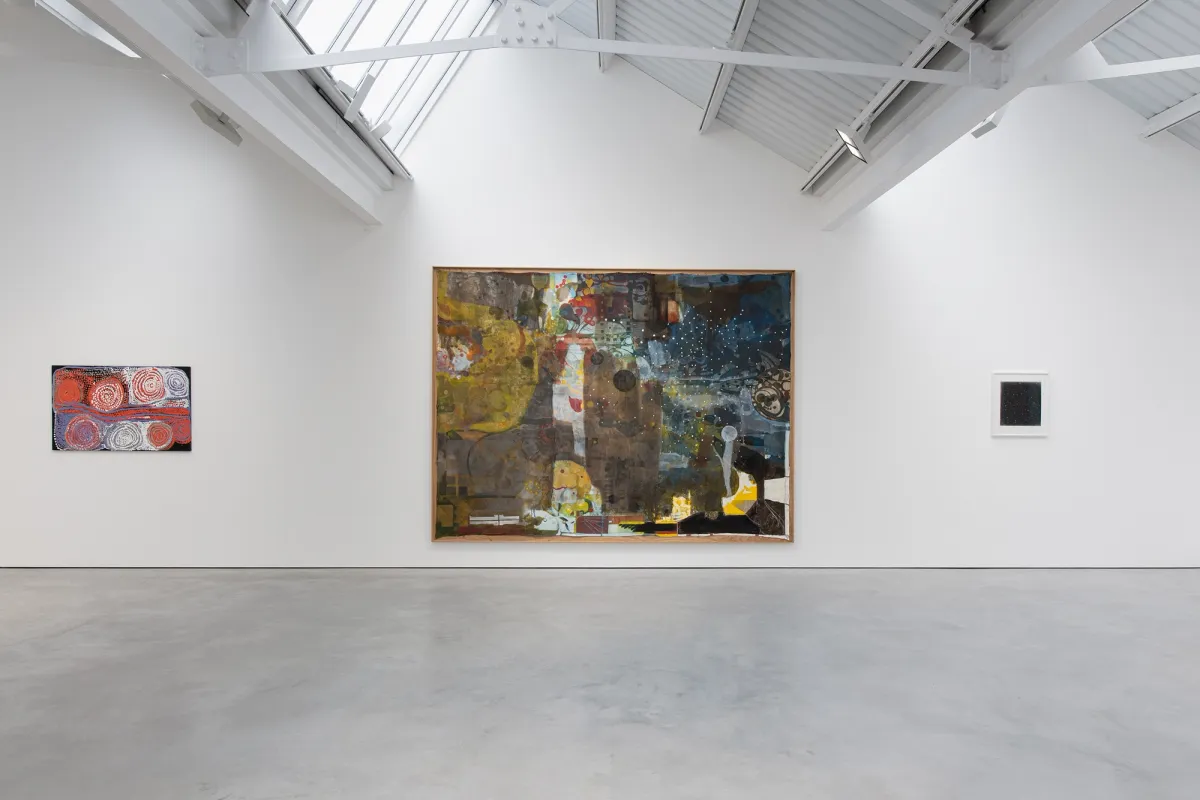
Modern Art is pleased to announce a group exhibition featuring over 40 artists. Taking its title from a painting by the celebrated American artist Charles Burchfield, The Moth and The Thunderclap aims to show how artists have been compelled to reflect an indeterminate psychological space where nature and culture collide, often filtered through their experience of landscape. The work can be variously described as spectral, dreamscapes, cosmological fantasies, celebrations of personal mythologies, surreal responses to a heightened sense of reality or simply personal responses to a direct experience of the natural world. Images move between abstraction, the biomorphic and the figurative, floating between inner and outer worlds, mixing both familiar and elusive imagery, sometimes guided by powers beyond their own, to construct narratives that can range from lyrical poeticism to surreal encounters, from the darkly comic to the reverential and transcendental.
For many, a sense of place is important. It takes an hour of walking through working farms and unsigned footpaths to reach Zawn Pyg, a tall, thin stone arch situated on the quiet beach of Nanjizal on one of the most westerly points of Cornwall. During winter months when the sun sets, the light aligns with the arch, casting golden arcs through the narrow passageway and the thrashing surf. Ithell Colquhoun (1906-1988) paid homage to Zawn Pyg, known as The Song of the Sea, in her 1962 painting Stalactite. Even if she may have never visited (and possibly based the work from a postcard), the site resonated with Colquhoun’s strong esoteric beliefs of Mother Earth as a living, pulsating force, a centre of essential power amid the interconnectedness of the universe.
Over 10,000 miles across the globe, in the central desert region of Australia’s Northern Territories, one imagines Ngoia Pollard Napaltjarri would have instinctively understood Colquhoun’s sense of cosmic consciousness and connection to the land. Napaltjarri (1948-2022), a Walpiri-speaking indigenous woman, painted her ‘dreamings’, or stories, that related to her father’s sacred country around Yamunturrngu (Mount Liebig) and near to where she lived. The oval shapes in her paintings, representative of the lakes that appeared after rain, were charged with the spiritual presence of the water snake that lies beneath the surface.
In these, and the work of many artists that feature in The Moth and The Thunderclap, this connection to the earth is never far away, often drawn from ancient, folkloric, animistic and mystical traditions. In his painting Nebulic Cluster (Cosmos) 1985, the Guyanese artist Aubrey Williams (1926-1990) we find his reclamation of long buried myths and traditions of Amerindian cultures fused with a personal fascination with celestial bodies, inspired by the many nights he gazed through his telescope. In Cecil Collins’s Waters of the Sun (1962), a vast fiery globe tears through an empty, landscape. In Martyn Cross’s The Way of No Way (2022) giant and mysterious figures have become entangled with the ground, as if enveloping them, while in Vidya Gastaldon’s Marine Monster (2016) - which the artist calls one of her “healing paintings” - a large anthropomorphic shape jostles for space amid a mass of indeterminate organic forms.
Curated by Simon Grant, The Moth and The Thunderclap features an eclectic global mix of artists from modernism to the present day, including, Marion Adnams, Abel Auer, Ever Baldwin, Forrest Bess, Charles Burchfield, Edward Burra, David Byrd, Justin Caguiat, Vija Celmins, Cecil Collins, Ithell Colquhoun, Andrew Cranston, Martyn Cross, Lois Dodd, Lera Dubitskaya, Vidya Gastaldon, Sanaa Gateja, Victor Gatto, Nyarapayi Giles, Sky Glabush, Jane Hayes Greenwood, Nasim Hantehzadeh, Haroun Hayward, Uwe Henneken, Sanya Kantarovsky, Ken Kiff, Solange Knopf, Kinke Kooi, Mark Laver, Yimiao Liu, Amadeo Lorenzato, Bill Lynch, Heinrich Nüsslein, Laurie Nye, James Owens, Ngoia Pollard Napaltjarri, Lisa Sanditz, Trevor Shimizu, NH Stubbing, Oscar Tuazon, Frank Walter, Co Westerik, Aubrey Williams and Alyina Zaidi.